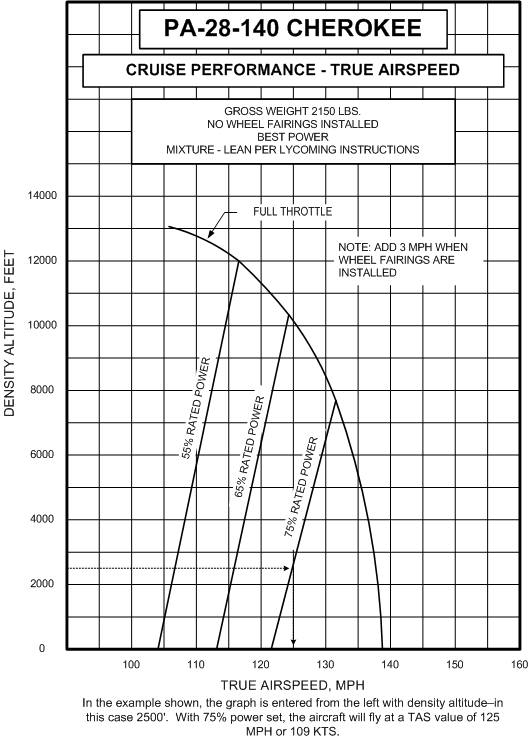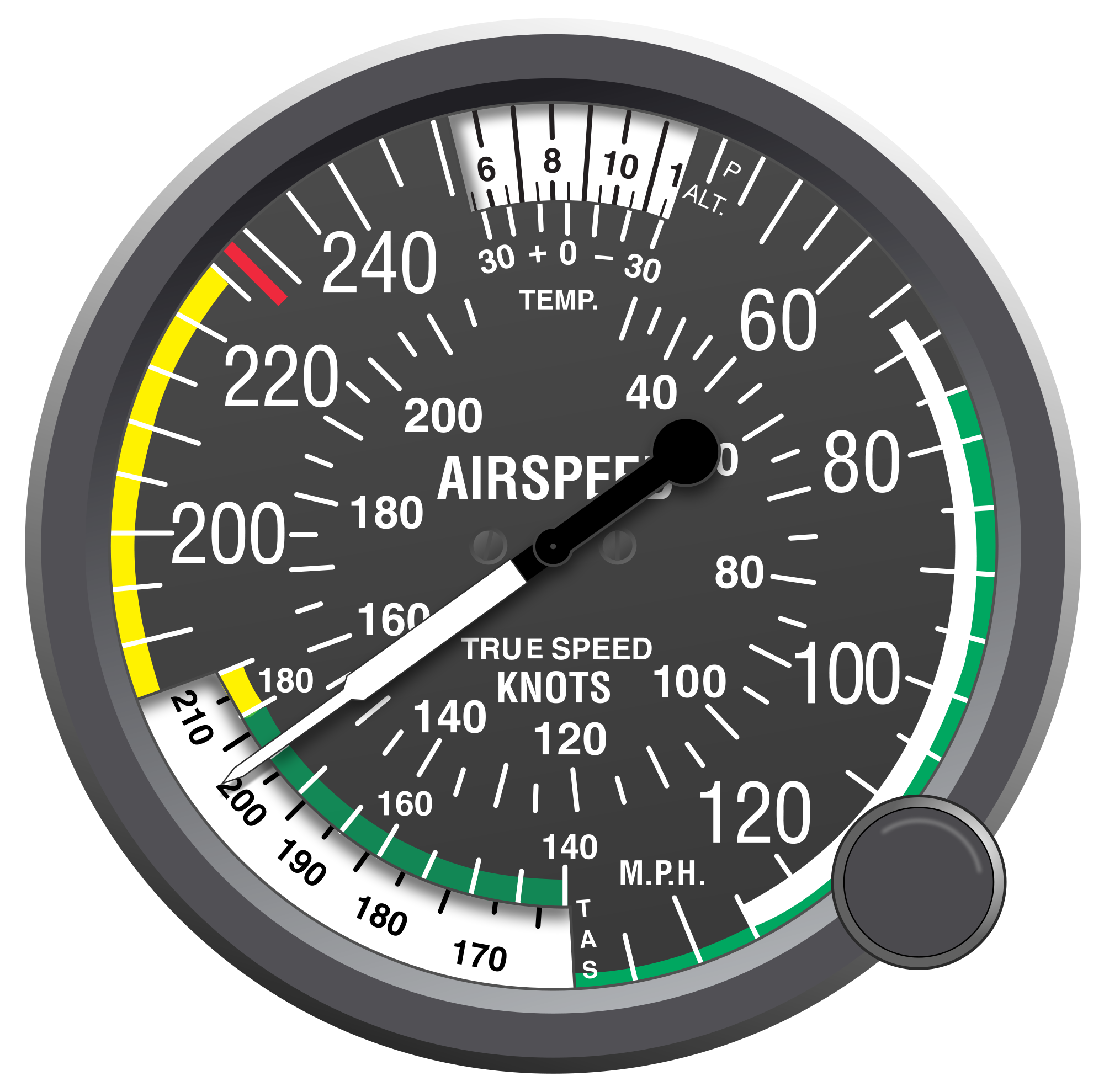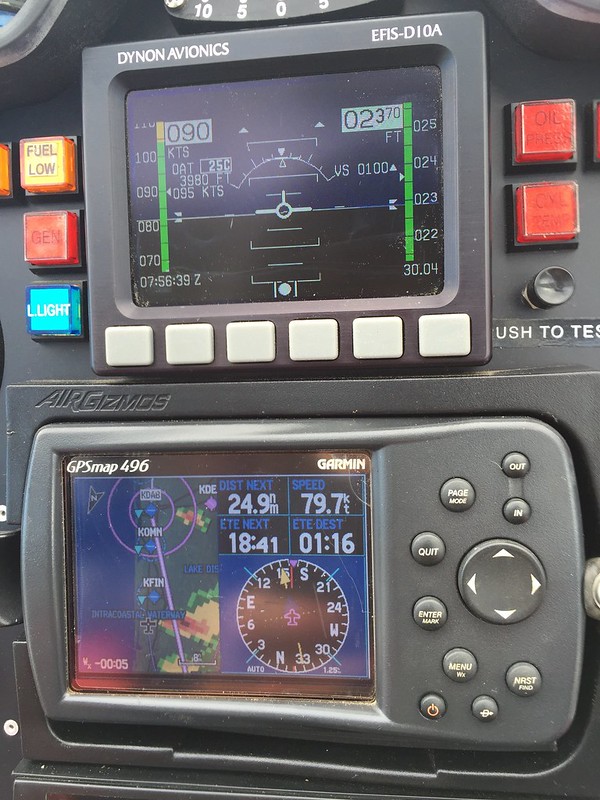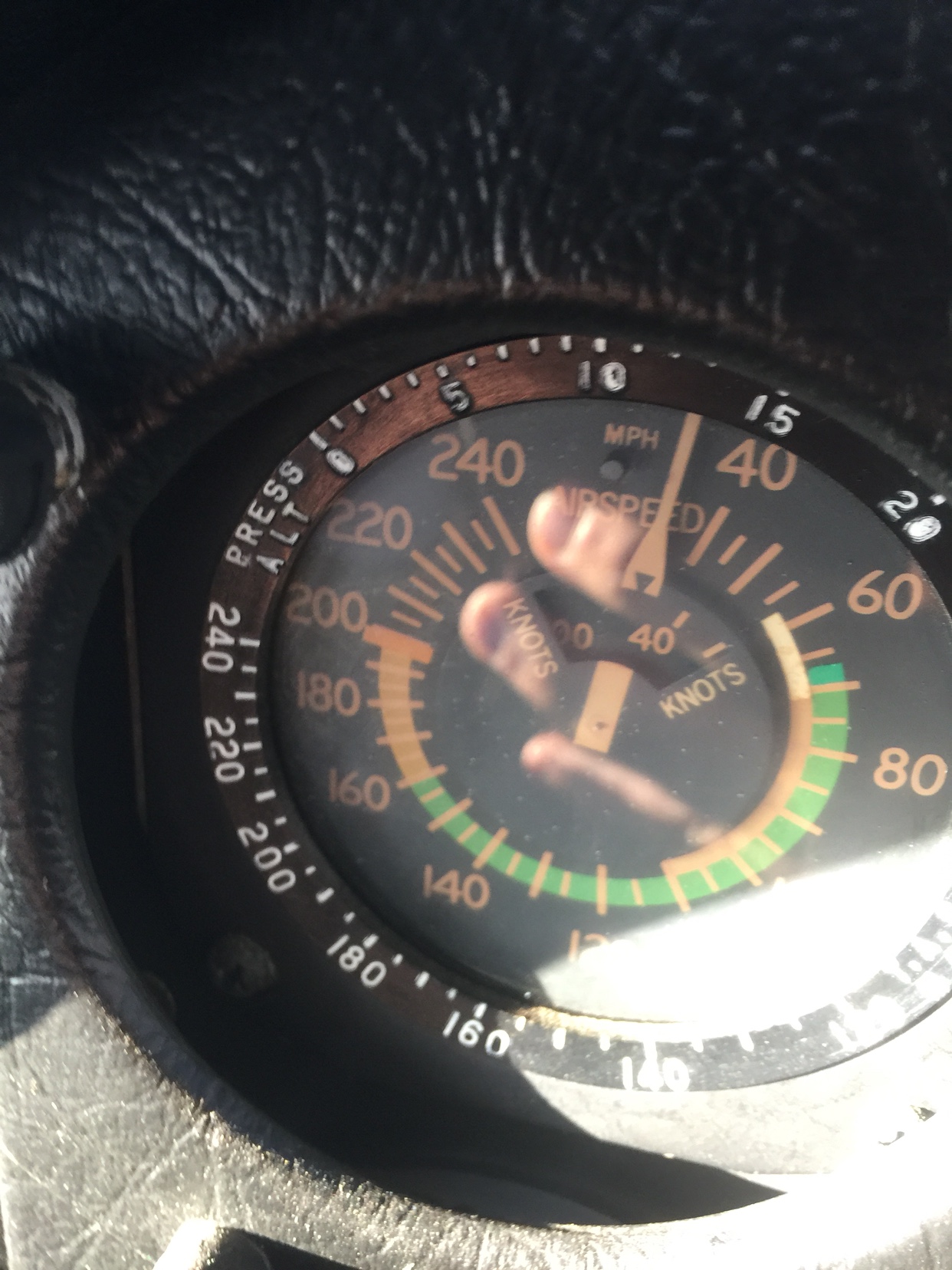LongRoadBob
Cleared for Takeoff
In the section on calculating TAS from IAS (CAS) and how TAS increases over CAS as you climb, the book mentions the rough rule-of-thumb of 2% per 1000 ft. for mentally calculating and "for when experienced pilots talk about the speeds at which their aeroplanes (it's Uk English) "true out""
But they never explain a word about what "true out" means.
I know this place is crawling with experienced pilots, so...
But they never explain a word about what "true out" means.
I know this place is crawling with experienced pilots, so...





